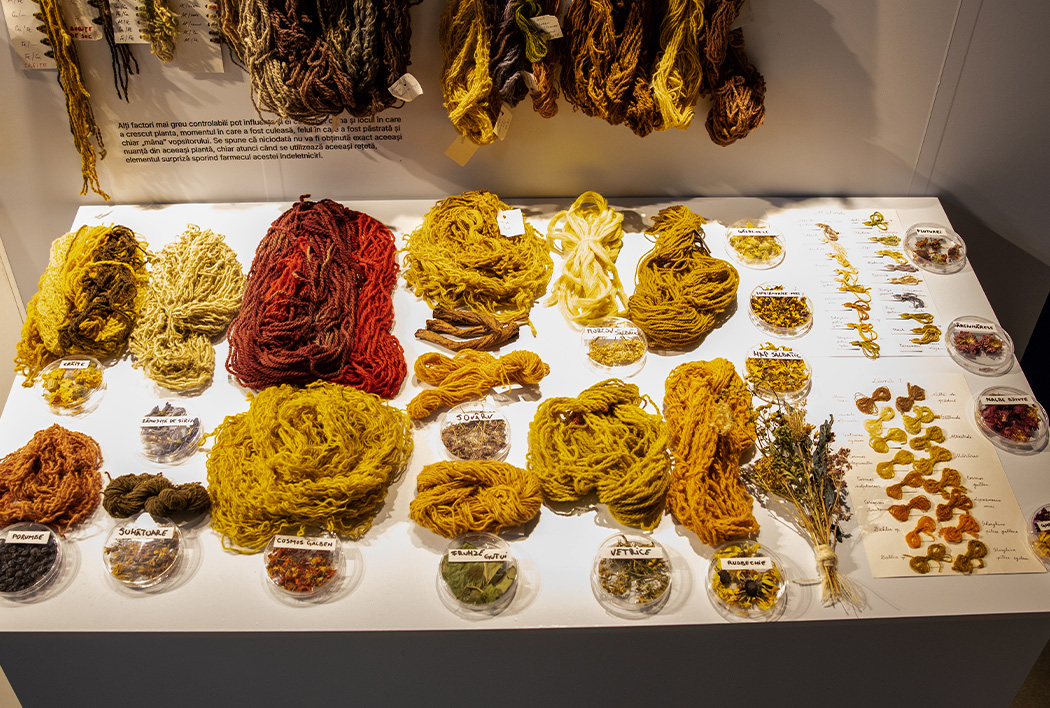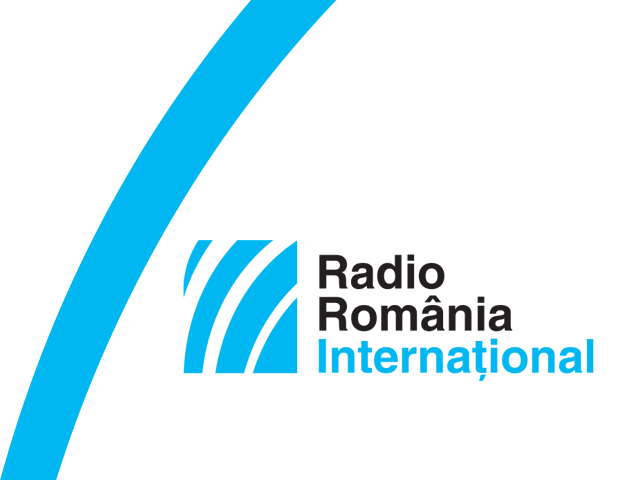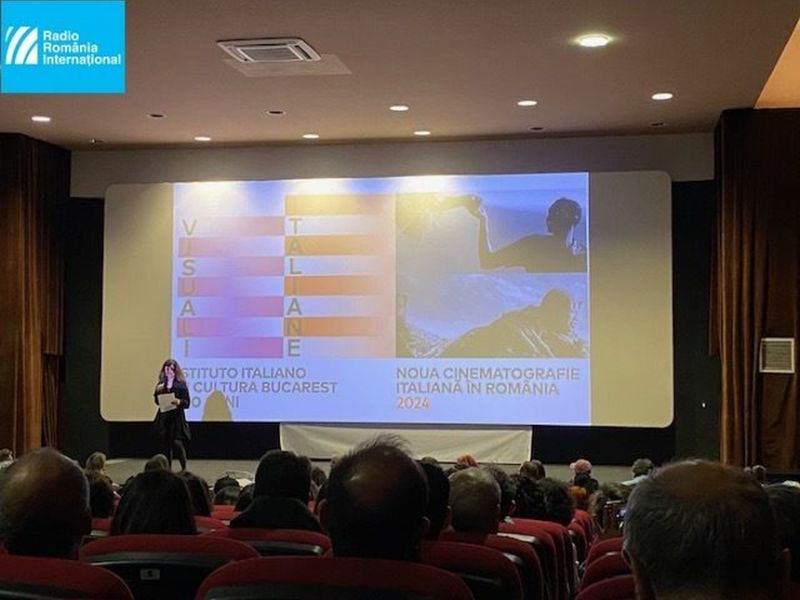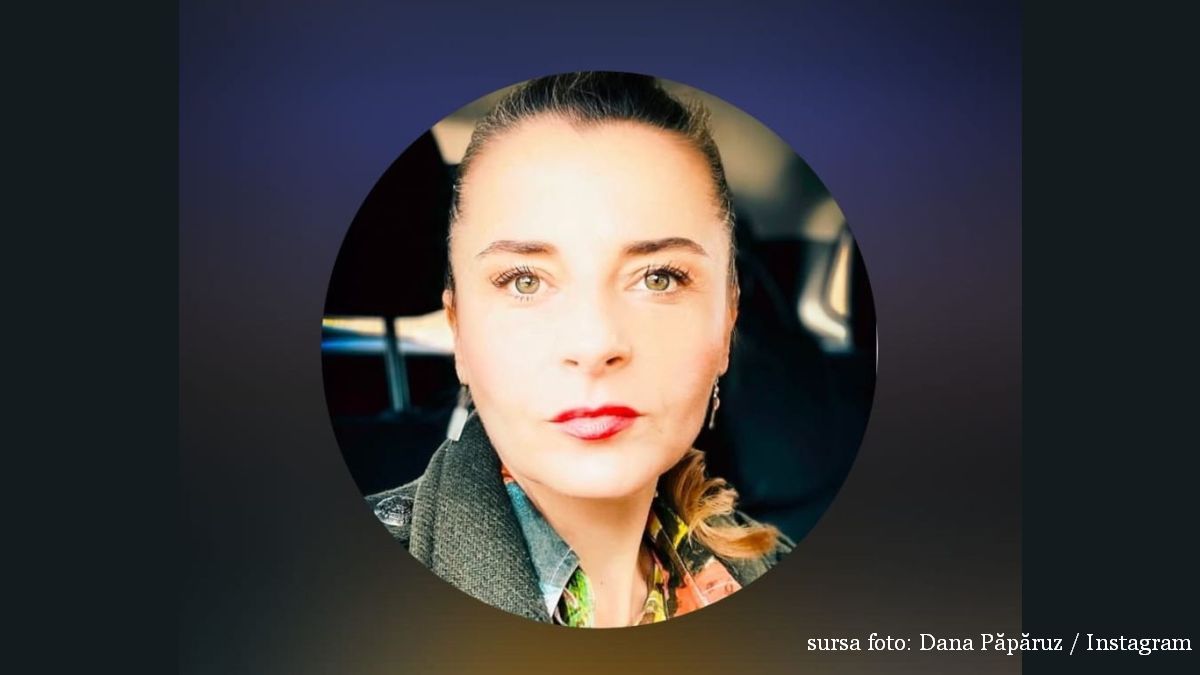The Natural Dyes Exhibition at the History Museum
The exhibition aims to capitalize on the results of scientific research and to value natural dyes as a resource in contemporary art

Ion Puican, 02.11.2024, 18:17
The National History Museum of Romania (NHMR) presents, starting in mid-September, a new exhibition: “Natural dyes. From museum scientific research to contemporary art”. The exhibition aims to capitalize on the results of scientific research and to value natural dyes as a resource in contemporary art, to create a connection between contemporary and traditional textiles through dyes, and to capitalize on the results of interdisciplinary research by making information available to the general public. About the concept of the exhibition, we spoke with its co-curator, Irina Petroviciu, chemical researcher:
“Through natural dyes we try to connect, on the one hand, museum textile pieces, museum heritage, so to speak, with traditional textiles and contemporary textiles, somehow making the results of scientific research available to the general public. Natural dyes are the main piece, the main concept of the exhibition. Everything is built around them. Through my concerns as a chemistry researcher, I try to study the Romanian textile heritage from the perspective of dye analysis. These studies are based on the fact that all the textiles we see in museum pieces until the late 19th century, when synthetic dyes became available, were dyed with natural dyes. Natural dyes, which can be extracted from plants, insects, fungi, mollusks or lichens, were originally used, each of them only locally. Later, some of them began to be traded, the beginning of trade being linked to historical events or geographical discoveries.”
What does the exhibition propose, from the point of view of natural dyes research?
“With the analytical techniques available today, we can identify natural dyes and the biological source they belong to, and help place historical pieces in context based on dye analysis. In the exhibition, on the one hand, we present natural dyes, characterizing them from different perspectives, on the one hand from the point of view of the structure, of the dyeing methodology, obviously this is related to the structure. Some dyes are more stable to the action of environmental factors, others less stable in museum textiles. Obviously, we will find the most stable ones. Also, in the exhibition you will be able to see textiles dyed with natural dyes. In addition to the story of the dyes in historical textile pieces, you will be able to find in the exhibition information about the dyes from plants that we come across in our daily life, and which could possibly also be used for dyeing. These are invasive plants. They are simply plants that we have, for example in the garden, using them, picking and using them as dyes we could practically have a more beautiful garden and at the same time, some naturally colored textile pieces. They are also dyes that we have in the leftovers that are obtained from household activities. It’s about avocado seeds, berries, dyes from pomegranate peels, onion skins are very well known and many others.”
Irina Petroviciu tells us what visitors to the “Natural dyes” exhibition at NHMR can see:
“In a first part we have liturgical textile pieces from the collection of the National History Museum of Romania, the National Art Museum of Romania and the Putna Monastery, mainly, which were characterized from the perspective of natural dyes. Another area of the exhibition is dedicated to traditional textiles. We wanted to see, through studies made on textile pieces from Romanian museum collections, to what extent dyes were still used at the end of the 19th century. The exhibition continues with the description of several recent projects dedicated to natural dyes, and they make the transition to contemporary art. Natural dyes are present in the contemporary world, on the one hand in new traditional textiles, but on the other hand, also in the creations of contemporary artists. We have examples of this work in the exhibition. So you must see the exhibition, because it is very difficult to describe. They are works by established artists, some of whom are used to working with natural dyes, others taking it as a challenge. And, likewise, there are works by young artists at the beginning of the road, who use natural dyes.”
At the end, Irina Petroviciu tells us when the exhibition can be visited and what other activities does MNIR propose:
“It was announced until the end of October, but will definitely be extended until the end of November. We are preparing events associated with the exhibition, and probably during November we will organize painting workshops.”





























